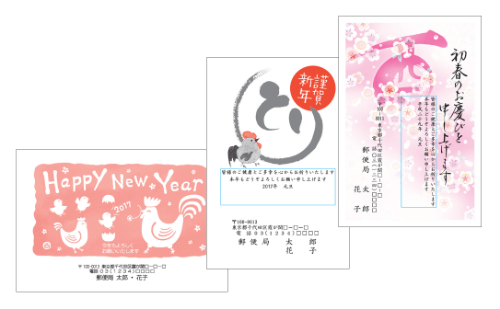4 Interesting Customs of Japanese New Year
What interesting customs do Japanese have to celebrate New Year? Tokyo.com has collected 4 traditions about Japanese New Year which is around the corner. If you are travelling to Japan in early to mid-January, check out how you can be a part of the grand celebration, have a happy new year in Japan, and share the fun and blessings with your family and friends!
1. Savour New Year Dishes

Just like everywhere else in the world, Japan has its unique foods known as osechi ryori (literally new year cooking) dedicated to the New Year time, mostly specially named to imply the arrival of good fortune. For example, if you’re married and want to have children, you wouldn’t want to miss Kazunoko (Herring eggs), which means “a number (kazu) of children (ko)”. And when you want to live long and prosper, try Ebi (shrimps) which looks like an old person with a curved back and hence signifies longevity. In case you’re not visiting any households in Japan, New Year foods can also be found in most department stores like Isetan Department Store and Daimaru!
2. Write New Year Postcards

You must have written a Christmas card or two, but what about a nengajo (Japanese New Year card)? In Japan, it is a custom to write a nengajo and send it to your friends and relatives at the start of a year, giving them your hearty blessings while updating them of your recent happenings. You can buy pre-designed nengajo or blank ones and design them yourself. Japan Post even provides several nengajo makers for you to create your unique nengajo! Most nengajo are with prepaid postage fee of 52 yen when you buy them, and if you want to send them back to your own country, you just need to add another 18 yen of stamp, write the words “air mail” and “postcard” clearly onto your nengajo and you can send it anywhere outside Japan. So what are you waiting for?
3. Visit a Shrine or Temple

Aside from having their sins and desires cleansed on New Year’s Eve, Japanese would usually visit a shrine or temple in the first three days of a new year, worshipping in hopes of receiving luck and happiness for the coming year. This practice is known as Hatsumode, and is a good chance for visitors to witness the grandeur of famous shrines filled by a sea of dedicated locals. They would also take the superior beings’ blessings home by buying amulets known as “omamoris”!
4. Go Shopping

Among the bustling New Year period of numerous visiting and food appreciating, Japanese would definitely spare time to go shopping! The happy and invigorating atmosphere is of course one of the reasons people want to spend some money, but a more sufficient reason is that Japanese like to pack and sell their stock from the previous year in fukubukuro (lucky bags). They are products sold in a package which you don’t know their content. The price of the fukubukuro mean they contain products of a certain price range, but there are exceptions — you might just get limited versions of products for a steal! It’s like a unique kind of sale involving a bit of luck, so why not give it a try?